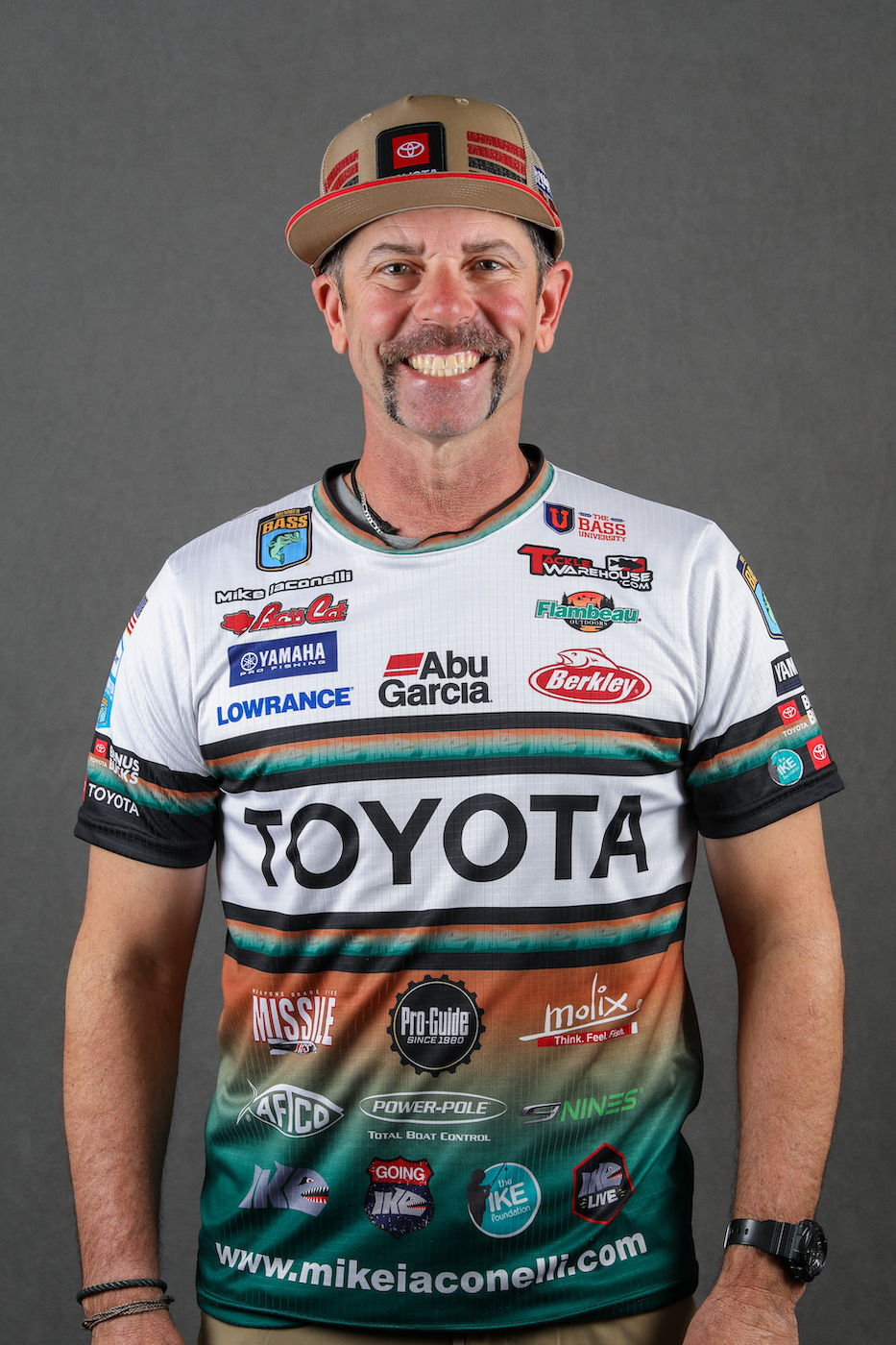Some fishermen describe split shotting as the "lost finesse technique" since it often gets overlooked in place of other light line presentations that have been developed to produce well in the same situations.
Still, split shotting should be part of your finesse fishing arsenal. Initially, split shotting was just what the name described: a small lead split shot clamped on the line several inches above a hook and lure. In my opinion, it's best suited for more of a horizontal presentation, such as when you're trying to cover flats and gentle contours rather than sharp drops.
I don't remember ever fishing a split shot deeper than 30 feet, and most of the time I use it in less than 20 feet. Split shotting presents your lure without any weight attached directly to it, so it's basically free-floating in the water. The lure glides and falls naturally, while the split shot weight, like a regular Carolina rig sinker, allows you to maintain contact with the bottom. I drag the rig along the bottom, starting with my rod straight out in front of me (3 o'clock) and raising my rod to the vertical position (12 o'clock), dropping my rod and winding in slack, and dragging again. It's that simple. I never make a cast and just start shaking the lure.
I really like split shotting in the prespawn, when bass are starting to move from deeper water up to the flats, and again in the fall. It's also effective in clear water or where fishing pressure is heavy. The clearer the water, the further above my hook I put my weight, while the dirtier the water, the closer I'll put it. In clear water, this may range from 24 to 48 inches; in stained water, 12 to 18 inches; and in really muddy conditions, 6 to 10 inches.
The greatest objection to clamping a lead shot directly to your line has been the potential damage it could do to the line. Today, rubber core sinkers are available and they largely eliminate line damage, plus they're easier to move on your line. Several companies like Top Brass Tackle and The Mojo Lure Company also offer a wide selection of weight designs with built-in line pegging systems.
Most of the time, I want my lure to hover above any cover I'm fishing. My plastic lures are not actually floating above the cover, of course, but when I lift my rod, I try to get the lure high enough above the cover so it will gently float down beside that cover.
In split shotting, I don't think a floating lure is the key that draws strikes; I think it's the subtle fall. I fished a 4-inch lizard on a split shot (clamping a sinker 12 inches up the line) during the 2000 Bassmaster Michigan Top 150 on Lake St. Clair where sand grass grew 4 to 8 inches above the bottom, and finished 21st.
It was one of the first pro tournaments in my career, and I didn't know many other techniques, but split shotting worked there. I'd drag, get my lure above the sand grass, then let it slowly sink back down, and the St. Clair smallmouth loved it.
I also use French fries and small finesse worms. For a time, thin, flat baits generically known as reapers, were extremely popular as split shot baits, and they're still in use today, but overall I'd have to believe 4- to 5-inch plastic worms are the all-around favorite.





